Kids who spend more time reading improve their reading skills. Research backs it up. But assigned reading isn’t always the answer. To begin with, we might be surprised to learn how much (or how little) of the assigned reading actually gets done. And sadly, assigned reading can dampen a child’s enthusiasm to read.
Independent reading, on the other hand, gives children greater control and freedom over their reading process. As a result, it can help motivate kids to read, and pave the way to a lifetime of enthusiasm for reading.
And if that weren’t reason enough to embrace independent reading, studies have shown a strong correlation between independent reading and academic performance.
But don’t be misled by the name ‘independent reading’. Setting kids up for independent reading success takes more than just than throwing kids into a classroom and telling them to read. By following these 7 essential guidelines, teachers can play a key role in getting positive results from your independent reading program.
1. Allocate Class Time
If you want to make sure your students make time for independent reading, consider allocating class time to it. You’ll also be sending out the signal that reading is important. And if you dedicate specific times each week to independent reading, you’ll be helping to make reading a habit.
How much time should you schedule for each independent reading session? That depends on your students’ proficiency and reading stamina. It’s always a good idea to start with shorter time frames, then to gradually increase their duration as your students build up stamina.

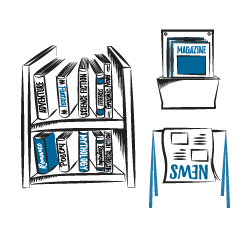
2. Provide Choices
Kids are more likely to read a book that they’ve selected themselves. Make sure students have access to a wide array of books in your class library. Help kids find the kinds of stories that fascinate them. Introduce them to new series. After a while, encourage them to try different genres.
Or if there’s a particular topic that excites them and that they want to learn more about, introduce them to non-fiction books on the subject. Experts suggest, in fact, that at least 50% of your classroom library should contain non-fiction. Don’t limit yourself to books. Include magazines, graphic novels and newspapers. The objective is to help your students find reading they’ll enjoy, whatever they choose to read.
3. Offer books at the right reading level
Help students find a book that is at the right reading level for them. Too difficult, and your students won’t enjoy it. But the book shouldn’t be too easy, either. If the books they choose require them to stretch a little, you’re still nearby to help them through more complex passages.


4. Lead by Example
If you have kids and want them to read at home, experts always suggest you model the behavior you want to see. The same is true if you’re a teacher who wants to encourage independent reading. Use the period to do your own reading. And while you’re modeling reading, why not share the smart choices you make along the way? E,g. how you selected your book, what you most enjoyed about it, what you learned from it.
5. Confer with Your Students
5. Confer with Your Students
During independent reading sessions, meet with students one-on-one or in small groups to talk about what they’re reading. Conferences are a great opportunity to check that they’re understanding of what they’re reading and to give struggling readers extra support. Studies have shown that even a short chat with a student around literature can enhance her critical thinking abilities and comprehension.


6. Get your Students Talking
6. Get your Students Talking
Engage your students around the books they’re reading by having them debrief on their reaction to the book. Have them write book reviews, present the book they read to their classmates, or contribute their thoughts to the class blog.
7. Get Parents Involved
Bring parents in the loop on your independent reading activities. Encourage them to partner with you by extending the independent reading practice to their homes, or by starting a kids’ book club.

Over To You
What are you doing to facilitate independent reading in your class? Which tactics have had the most success? We’d love to hear from you in the comments.

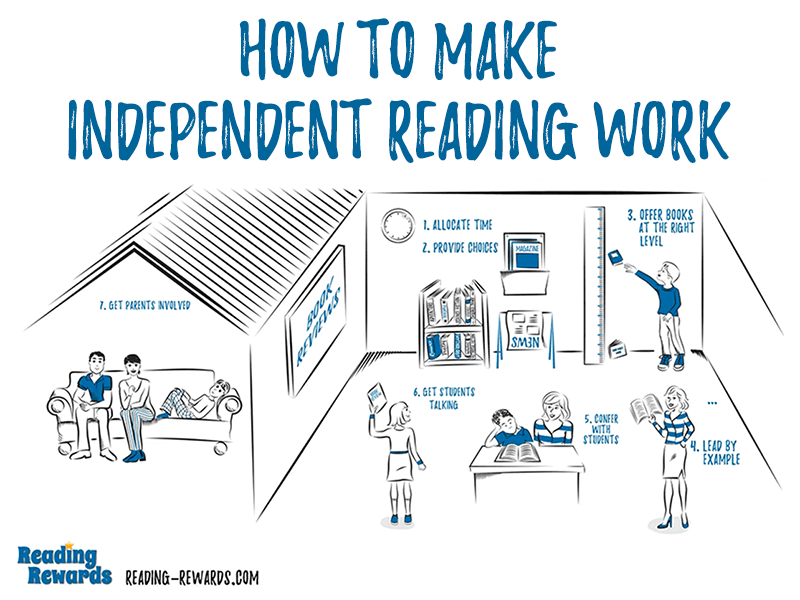
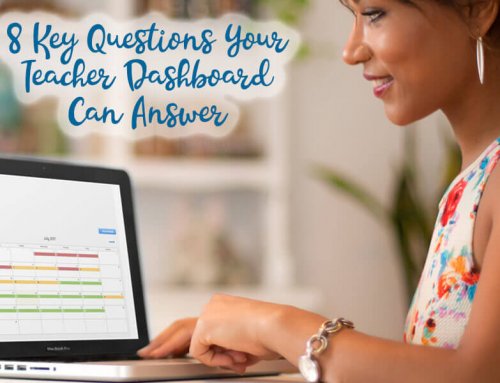



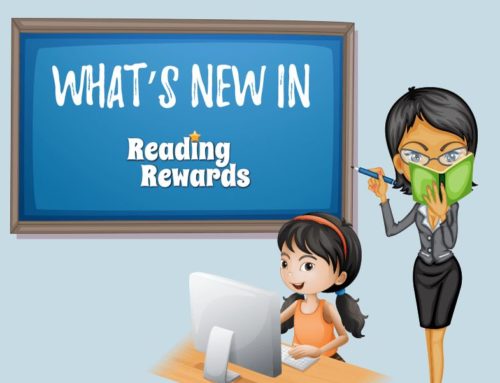
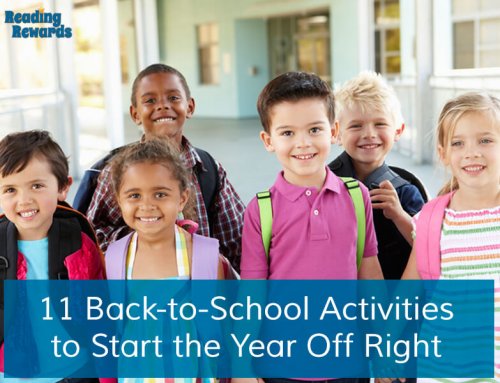
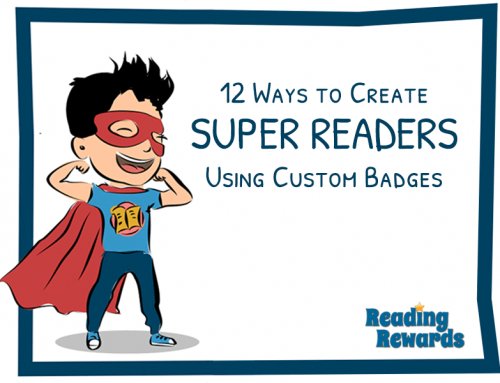



Involve your librarian(s) – they will take reading success to whole new level!
You’re so right, Debra! We should have included that in our video. We’ll have to make it the subject of another post. How do you involve yours? Or are you a librarian yourself?